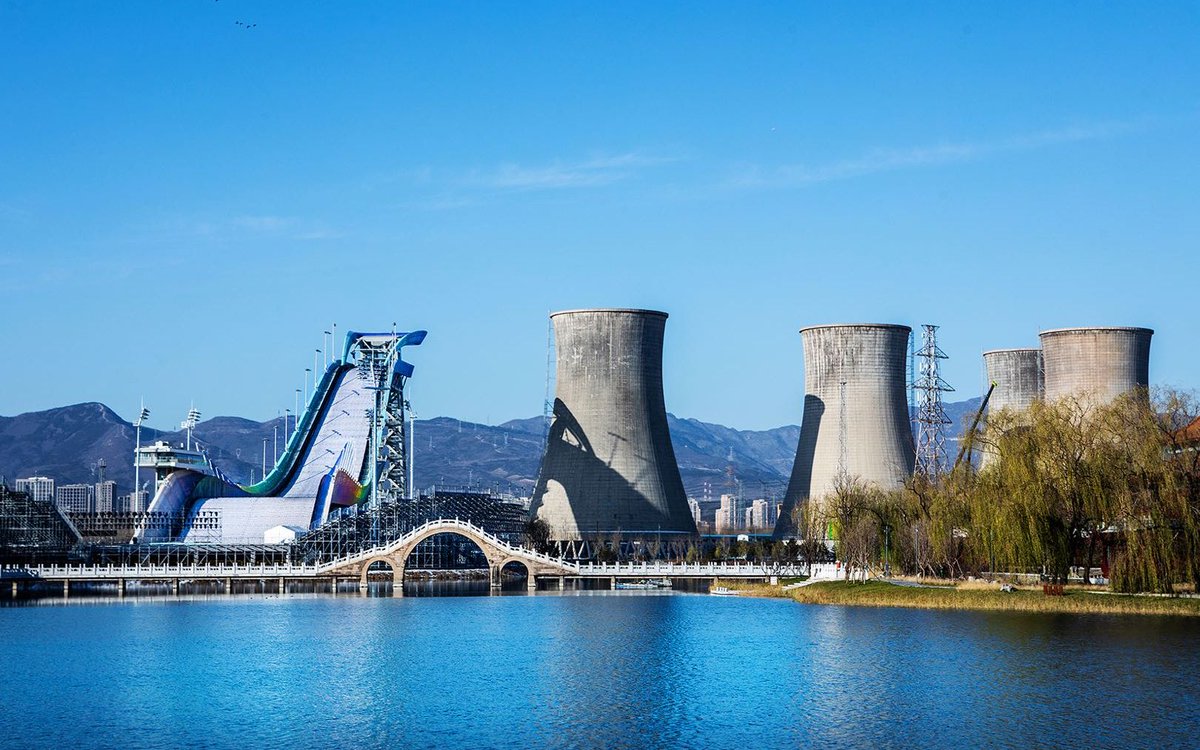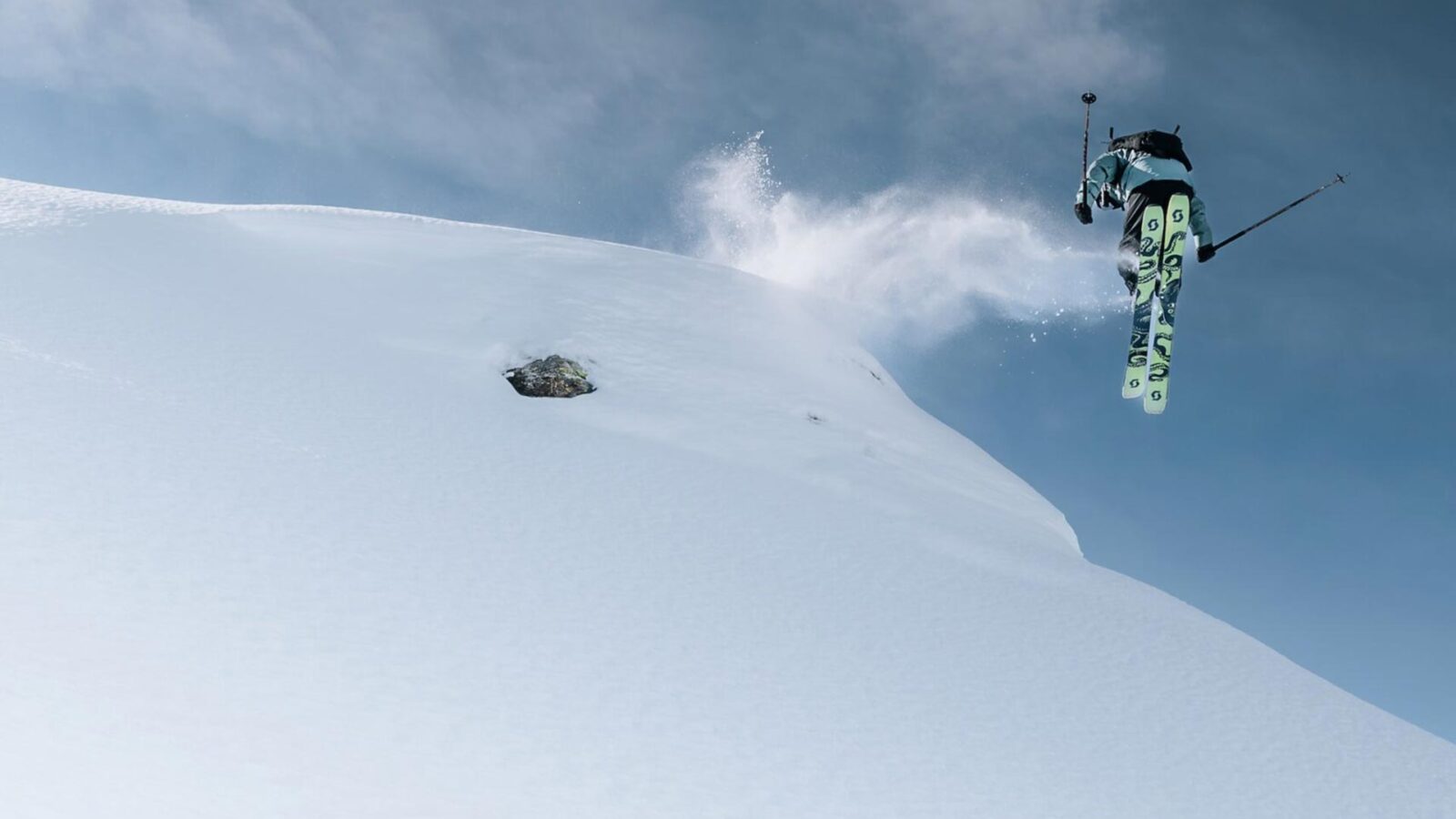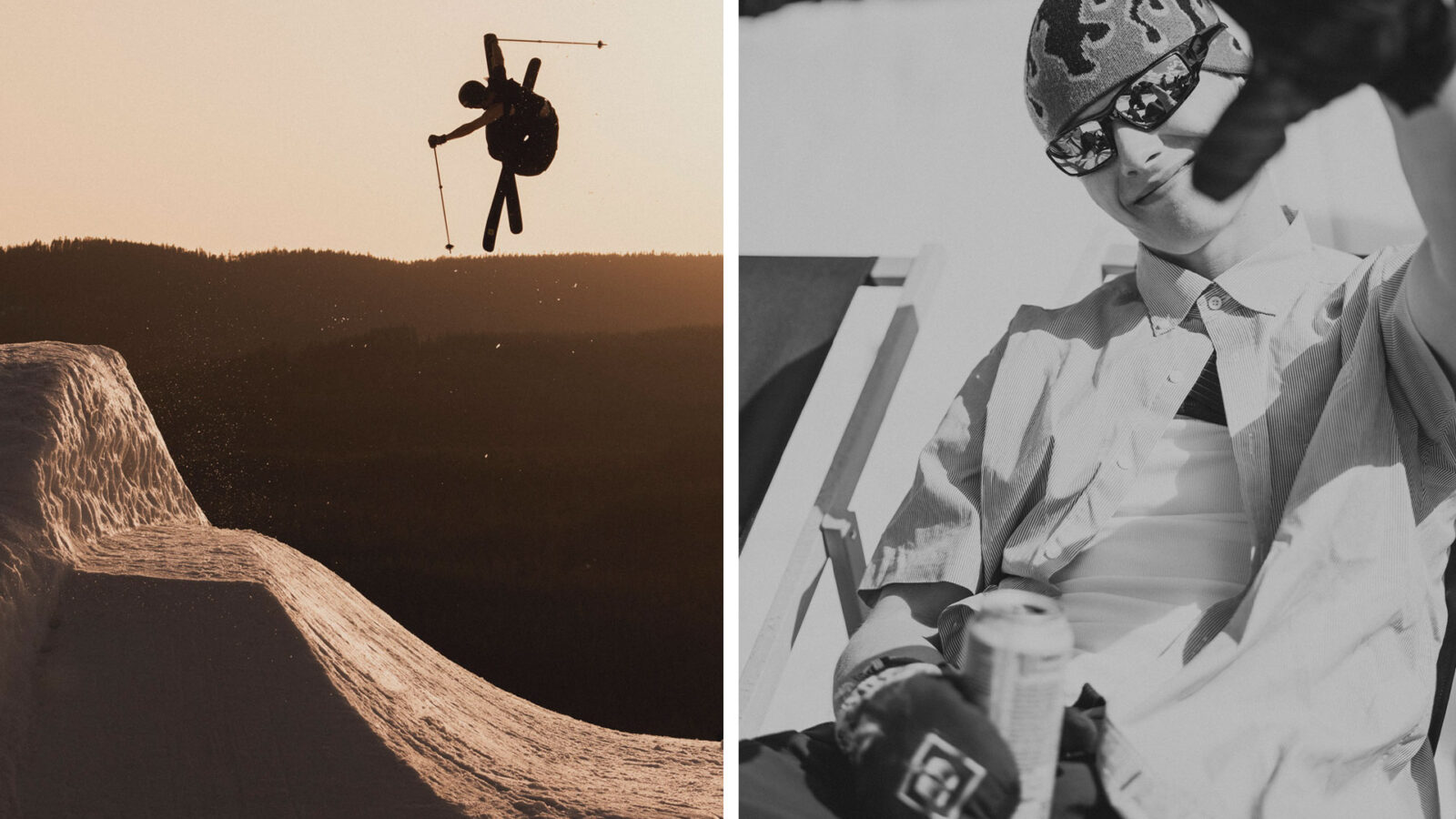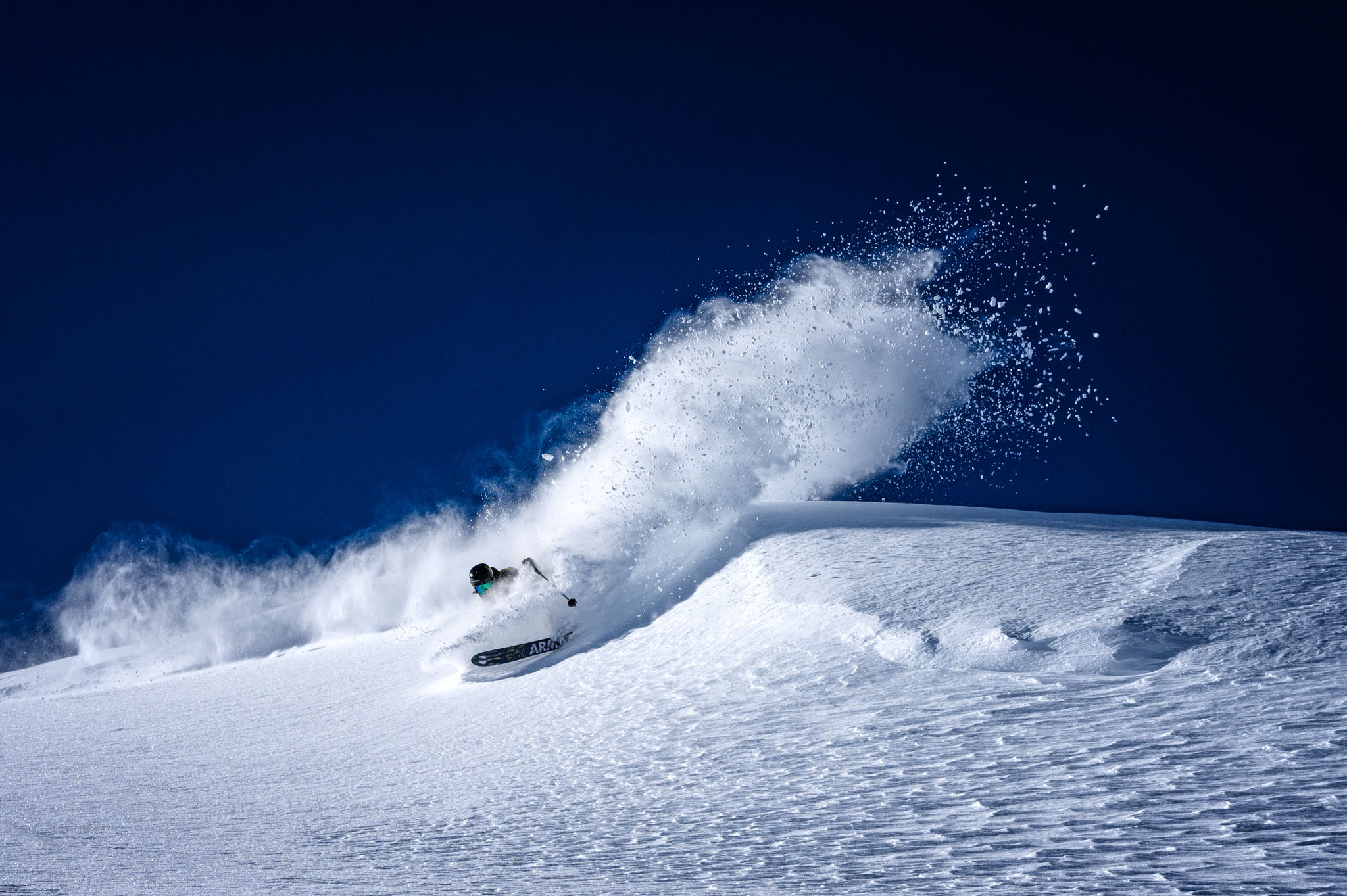
Stories
HighlightWorld first
The First Permanent Big Air Ramp Debuts in China
Last week the world got its first glimpse of the latest innovation in snowsports infrastructure, courtesy of the Chinese. In preparation for the upcoming 2022 Winter Oympics, the first permanent Big Air structure has made its official debut in a former industrial park in west Beijing.
At 60 meters tall and 164 meters long, the Shougang ski ramp is a supersized version, in steel and concrete, of the temporary scaffolding constructions usually used to hold city big air events. It’s got all the bells and whistles you could imagine: elevators, an in-house snowmaking system, stadium seating for 6,000, and most importantly for athletes, the optimized dimensions for building big, safe jumps for training and competition.
There are a few different ways of looking at this big step forward in Big Air infrastructure. Let's take you through them.
“Best city big air ever”
The sportive advantages are immediately obvious: a wide, well-groomed inrun with plenty of speed, a big table and a long, steep landing. The ramp is built so that a snowcat can groom the entire riding surface, a major step forward from the not-so-distant days of hand-shoveled inruns and landings. This makes life a lot easier both for the shapers building the setup, and the riders hitting it.
Skiers and snowboarders on the World Cup circuit are got their first looks at the Shougang ramp this week at the Air + Style Beijing FIS Big Air World Cup event. Th initial feedback from the riders is about what you’d expect: “The jump is by far the best city Big Air I’ve ever hit, says Finn Bilous, a member of New Zealand’s national freeski squad. “With slushy spring-like conditions and fast shuttle laps in luxury e-cars, we definitely felt a bit spoiled.”
“I think it’s the best city big air ever, and the best big air in a World Cup ever too,” says Paul Vieuxtemps, who skis on the World Cup circuit for Thailand (yes, you read that right). “It’s a very steep kicker and landing, you can chill in the inrun and do a big carve, you can do tricks on the knuckle too. It doesn’t look like a scaffolding jump, it looks like a prime park kicker.”
View this post on Instagram
“A milestone for the sport”
Dirk Scheumann, the CEO of action-sports company Schneestern and a technical consultant on the Shougang jump, views the project as a major breakthrough. “I see this as a major milestone for the sport,” he says. “Now that we have permanent stadiums, we’re on eye level with ski jumping, bobsled and so on. After twenty years of freestyle and freesking, for me it means that we’ve finally arrived culturally.”
Scheumann, whose company is currently responsible for building the venues at a growing number of top-level international slopestyle and big air events, was a main consultant on the ramp’s design. He took advantage of the opportunity to build an optimal facility, free from the constraints of jumps built with scaffolding. “Scaffolding jumps are always at their limit, whether it’s the budget or technical factors like wind,” he explains. “With this ramp, we started by asking ourselves how big of a jump we’d want to build in the future.” The Shougang jump can accommodate a kicker with a table of up to 27 meters, Scheumann says, though for this weekend’s World Cup, it was built at a more comfortable 20-meter distance.
“As someone who’s been involved though the whole development, and also who’s been active in this field for a long time, I’m really proud to have had the chance to be involved in the first permanent big air,” Scheumann says.
The Critique
I freely admit, it’s easy to be critical of this thing, and from a variety of angles. From verified reports of mass “re-education camps” for Uyghur Muslims and other minorities in Xinjiang province to the ongoing pro-democracy protests in Hong Kong, China has cultivated a bad rap on the international stage. Celebrating the debut of a ski jump can seem a bit shallow in this setting. Relevant Internet commentary: “Did the skiers get tours of the camps during their visit to China?”
With many former Olympic facilities currently lying defunct around the world, the exorbitant spending on sports infrastructure is another easy target. Relevant Internet commentary: “This thing will be lying abandoned in a few years.”
Last but not least, as calls to address climate change reach a fever pitch, the construction of an energy-intensive artificial ski jump at massive expense in Beijing for athletes to take international flights in order to ride on is, at the very least, discordant in the current conversation on ecological awareness. Relevant Internet commentary: “How can FIS support this? It’s so bad for the environment.”
I have no easy answers to provide here. But at risk of sounding like an apologist, I’ll point out that with migrant internment camps on the U.S. southern border and refugees drowning in the Mediterranean, those without blame should cast the first stone. China’s human rights abuses certainly shouldn’t be ignored; but current political trends in many Western democracies make it harder to point fingers.
As far as the infrastructure itself is concerned, the ramp is intended to become a training facility and event venue. In that way, it won’t be dissimilar from many other winter sports venues, like ice rinks and bobsled tracks. When compared to the dozens of prominent ski jumping hills worldwide that have existed for decades already, the new Shougang ramp starts to make a little more sense.
Finally, on the climate change front, it’s hard to put a green polish on artificial snowmaking and international sportsmanship in exotic locales. What’s next: a Big Air in Dubai? But again, at risk of whataboutism: If we’re going to take shots at big air skiing, we shouldn't ignore the far broader footprint of nearly every other professional sporting event, from the NFL to the Champions League to Formula 1, that people seem to love so much. On the global scale of greenhouse gas emissions, this new ramp and the people using it are a drop in the ocean. Taken in perspective, certainly there are certainly bigger fish to fry.
What do you think? I’m interested to hear your take. Drop me a line at ethan@distillery.cc.





